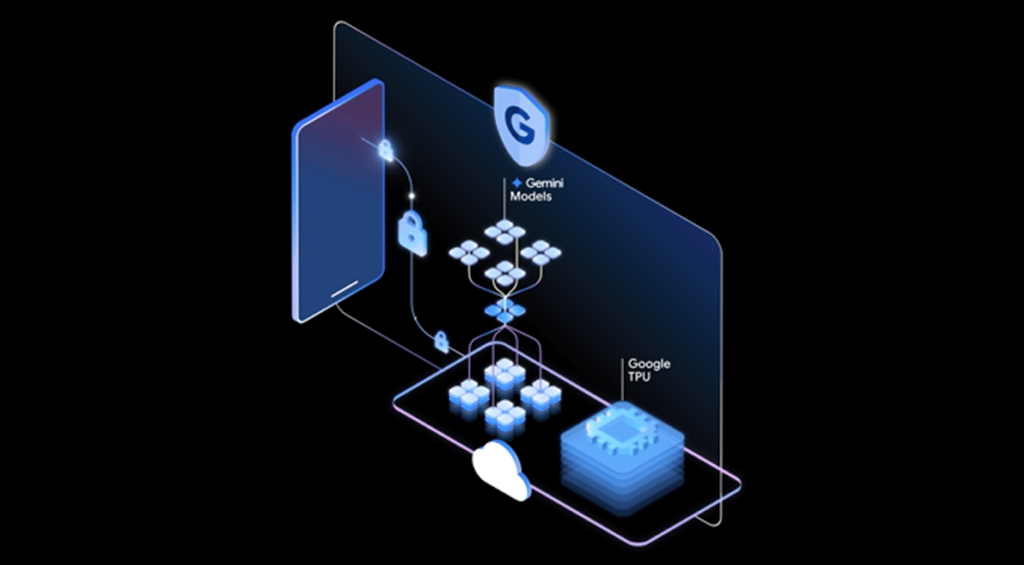Saar Gillai, SVP and GM for Converged Cloud at HP, oversees a massive multi-billion business. It’s a business that include both private and public clouds and is heavily invested in the open source OpenStack cloud platform. In an exclusive video interview with Datamation, Gillai discusses what HP is doing in the cloud and provides some […]
Datamation content and product recommendations are
editorially independent. We may make money when you click on links
to our partners.
Learn More
Saar Gillai, SVP and GM for Converged Cloud at HP, oversees a massive multi-billion business. It’s a business that include both private and public clouds and is heavily invested in the open source OpenStack cloud platform.
In an exclusive video interview with Datamation, Gillai discusses what HP is doing in the cloud and provides some guidance as to when it makes sense for an enterprise to move to a cloud model.
Cloud Storage and Backup Benefits
Protecting your company’s data is critical. Cloud storage with automated backup is scalable, flexible and provides peace of mind. Cobalt Iron’s enterprise-grade backup and recovery solution is known for its hands-free automation and reliability, at a lower cost. Cloud backup that just works.
SCHEDULE FREE CONSULT/DEMO
“HP has an over-arching strategy for cloud that talks about using the same architecture and consumption model for private, public, managed and hybrid clouds,” Gillai said. “We have products across the company both for building clouds and consuming clouds.”
On the private side, HP’s CloudSystem is one of the key offerings and was recently expanded to provide cloud bursting capabilities. HP’s OpenStack Public cloud was also recently expanded to include services for cloud monitoring, load balancing and DNS.
Cloud a $3.9 Billion Business
Cloud computing is a big business already for HP. Gillai said that in 2012, HP did approximately $3.9 billion in cloud business. The current forecast is for cloud revenue to surpass $8 Billion in 2015.
Growth in the cloud is coming from multiple locations. There are some customers that come from competitive displacements and there are those that Gillai described as being on the journey to the cloud.
The cloud isn’t just about virtualization either. Gillai explained that what the cloud provides is greater speed and time to value. The decision to move to cloud should first begin with an understanding of what the enterprise wants to do.
“Virtualization gives you efficiency, but it doesn’t give you speed,” Gillai said.
The speed comes from automation and self-service, which is where the cloud fits in.
Challenges
In terms of challenges for cloud adoption, Gillai sees the mindset at enterprises as being at the top of the list.
Many CIOs that Gillai talks too don’t know where to start when it comes to the cloud. There are also those that haven’t come to the realization that in the world of cloud, IT serves as a broker of services that can be provided.
While there are challenges, cloud is now at the point of wide-scale adoption for some workloads.
“I think that adoption is actually happening way faster than people thought,” Gillai said.
Watch the video interview with Saar Gillai below:
Sean Michael Kerner is a senior editor at Datamation and InternetNews.com. Follow him on Twitter @TechJournalist.
-
Ethics and Artificial Intelligence: Driving Greater Equality
FEATURE | By James Maguire,
December 16, 2020
-
AI vs. Machine Learning vs. Deep Learning
FEATURE | By Cynthia Harvey,
December 11, 2020
-
Huawei’s AI Update: Things Are Moving Faster Than We Think
FEATURE | By Rob Enderle,
December 04, 2020
-
Keeping Machine Learning Algorithms Honest in the ‘Ethics-First’ Era
ARTIFICIAL INTELLIGENCE | By Guest Author,
November 18, 2020
-
Key Trends in Chatbots and RPA
FEATURE | By Guest Author,
November 10, 2020
-
Top 10 AIOps Companies
FEATURE | By Samuel Greengard,
November 05, 2020
-
What is Text Analysis?
ARTIFICIAL INTELLIGENCE | By Guest Author,
November 02, 2020
-
How Intel’s Work With Autonomous Cars Could Redefine General Purpose AI
ARTIFICIAL INTELLIGENCE | By Rob Enderle,
October 29, 2020
-
Dell Technologies World: Weaving Together Human And Machine Interaction For AI And Robotics
ARTIFICIAL INTELLIGENCE | By Rob Enderle,
October 23, 2020
-
The Super Moderator, or How IBM Project Debater Could Save Social Media
FEATURE | By Rob Enderle,
October 16, 2020
-
Top 10 Chatbot Platforms
FEATURE | By Cynthia Harvey,
October 07, 2020
-
Finding a Career Path in AI
ARTIFICIAL INTELLIGENCE | By Guest Author,
October 05, 2020
-
CIOs Discuss the Promise of AI and Data Science
FEATURE | By Guest Author,
September 25, 2020
-
Microsoft Is Building An AI Product That Could Predict The Future
FEATURE | By Rob Enderle,
September 25, 2020
-
Top 10 Machine Learning Companies 2021
FEATURE | By Cynthia Harvey,
September 22, 2020
-
NVIDIA and ARM: Massively Changing The AI Landscape
ARTIFICIAL INTELLIGENCE | By Rob Enderle,
September 18, 2020
-
Continuous Intelligence: Expert Discussion [Video and Podcast]
ARTIFICIAL INTELLIGENCE | By James Maguire,
September 14, 2020
-
Artificial Intelligence: Governance and Ethics [Video]
ARTIFICIAL INTELLIGENCE | By James Maguire,
September 13, 2020
-
IBM Watson At The US Open: Showcasing The Power Of A Mature Enterprise-Class AI
FEATURE | By Rob Enderle,
September 11, 2020
-
Artificial Intelligence: Perception vs. Reality
FEATURE | By James Maguire,
September 09, 2020
SEE ALL
CLOUD ARTICLES







